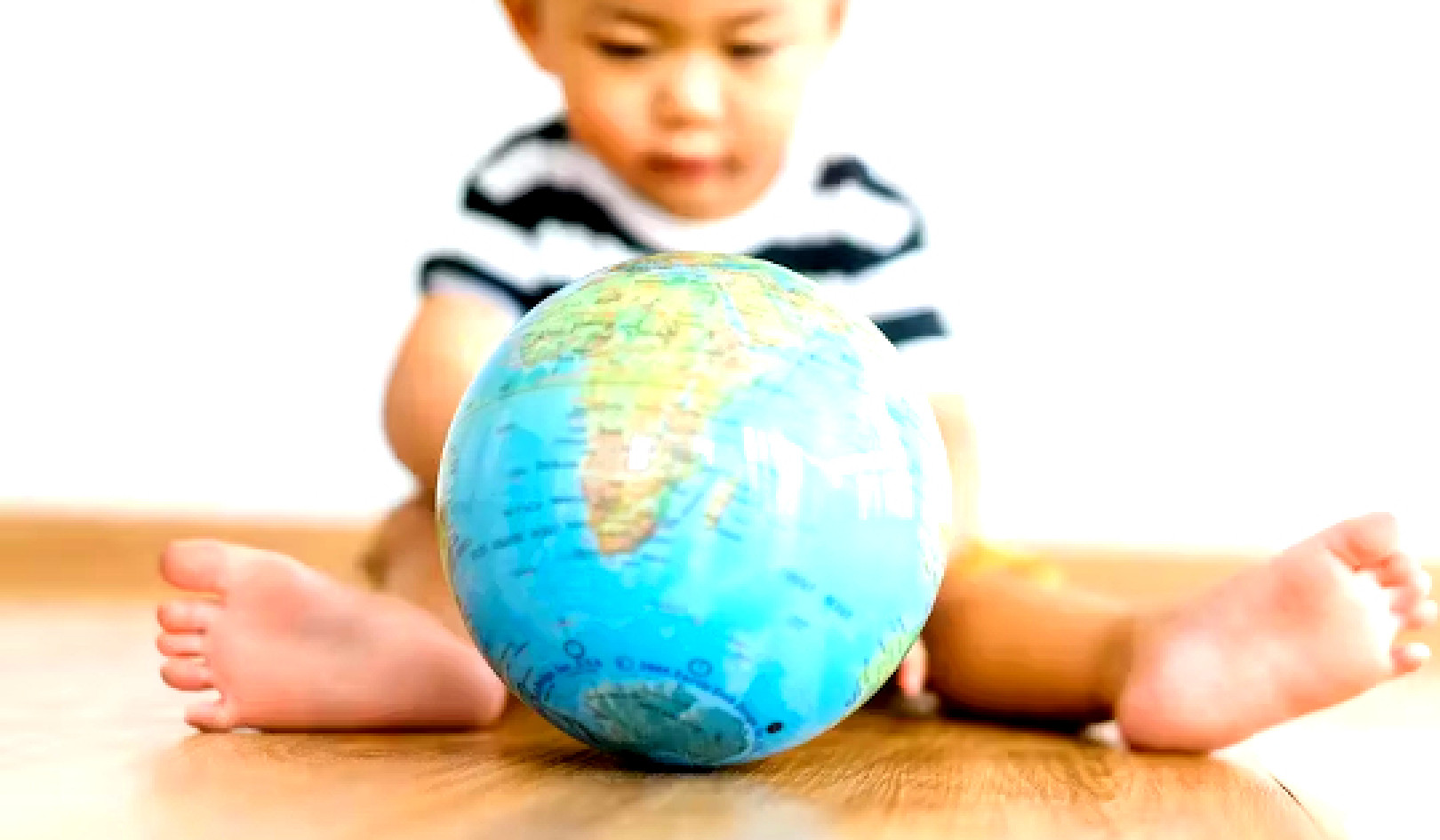
The study shows that about one-fifth (21.8%) of women used mobile apps to find partners. This was more common in Oceania (1 in 3) than in North America and Europe (1 in 4) or Asia and Africa (1 in 5).(Credit: Getty Images)
New research offers an unprecedented look at how women around the world interact with dating and sex-related mobile apps.
The research shows women use the apps to answer questions, seek information, and improve their sexual lives in the process.
Featuring responses from over 130,000 women in 191 countries, the study is the largest known survey of women’s sex-tech engagement, and the first to explore this topic on a global level.
“While researchers have conducted a vast array of studies on sex, love, and technology, we’ve been really limited in what we know about these associations outside of North America or Western Europe,” says lead author Amanda Gesselman, associate director for research at the Kinsey Institute at Indiana University.
“This is the first study that’s been able to give us insight into the use of technology in the sexual lives of such a large number women around the world.”
Women and sex tech
Over half of all women (57.7%) reported having received or sent sexting messages, and this was consistent across all geographic areas. Researchers were surprised to learn that women in countries with higher gender inequality reported being more than four times more likely to report sexting than women in more egalitarian regions.
“This suggests that more conservative ideals regarding gender roles do not necessarily prevent women from engaging in taboo or forbidden behaviors,” says Virginia Vitzthum, professor of anthropology at Indiana University, Kinsey Institute senior scientist, and senior research scientist at Clue, a Berlin-based female health company.
“This insight opens up an entirely novel line of inquiry for understanding how women navigate social expectations to meet their own needs and desires.”
The study also found that women in places with greater gender inequality were twice as likely to report that they’ve used apps to improve their sexual relationships, whereas women from places with lower inequality were more likely to report that they’ve used apps to learn about sexual relationships.
“This is an important distinction for researchers who may be creating educational programming or interventions, because it indicates that women in areas of more inequality aren’t necessarily looking for sex education as we might conceptualize it in the US, starting from the more basic concepts and working up,” Gesselman says. “Instead, these women are looking specifically to build on what they already have.”
Forming connections online
Of the 11% of women globally who reported using an app to improve their relationship, the three most common reasons they gave were staying connected with a partner they could not see in person (5%); facilitating exploration of new sexual experiences, such as new sex toys or positions (3.6%); and helping them learn what their partner finds arousing (3.4%).
The study shows that about one-fifth (21.8%) of women used mobile apps to find partners. This was more common in Oceania (1 in 3) than in North America and Europe (1 in 4) or Asia and Africa (1 in 5).
Globally, women reported that the most common kinds of partners they sought were short-term partners (9%), chatting and/or sexting partners (8.7%), or long-term partners (8.6%). The exception was women in East Africa, who reported seeking “friends with benefits” (8.1%) and long-term partners (4.1%) most commonly.
Although women in areas with more gender inequality were less likely overall to use mobile apps to find sexual partners, they were just as likely to use apps to find chatting/sexting partners.
One of the most exciting findings for the researchers was that despite global differences in how women reported using mobile apps for dating or sex-related purposes, the act of seeking out information through internet-connected mobile phones was a positive experience for the vast majority of women in the study. Less than 1% globally reported apps as detrimental (0.2%) or not useful (0.6%).
“There’s a near-universal desire to seek romantic and sexual connections,” Vitzthum says. “With rising access to smartphones, people around the world increasingly form these connections online. The Clue-Kinsey sex-tech survey used the same technology to reveal for the first time how women have adapted sex-tech to their lives, no matter where they live.”
About the Authors
Researchers collected data for the survey via an anonymous questionnaire, developed by Clue with consultation from the collaborating researchers. Participants were recruited through Clue’s newsletter, website, and social media accounts, and the social media accounts of the Kinsey Institute. - Original Study
The research appears in PLOS ONE.

Related Books:
Come as You Are: The Surprising New Science That Will Transform Your Sex Life
by Emily Nagoski
A groundbreaking book about why sex is so important to us, and what science is revealing about how we can make our sex lives better.Click for more info or to order
She Comes First: The Thinking Man's Guide to Pleasuring a Woman
by Ian Kerner
A guide to giving and receiving better oral sex, with an emphasis on female pleasure and satisfaction.Click for more info or to order
The Joy of Sex: The Ultimate Revised Edition
by Alex Comfort
A classic guide to sexual pleasure, updated and expanded for the modern era.Click for more info or to order
The Guide to Getting It On! (The Universe's Coolest and Most Informative Book About Sex)
by Paul Joannides
An entertaining and informative guide to sex, covering everything from anatomy and technique to communication and consent.Click for more info or to order
The Erotic Mind: Unlocking the Inner Sources of Sexual Passion and Fulfillment
by Jack Morin
An exploration of the psychological and emotional aspects of sexuality, and how we can develop a healthier and more fulfilling relationship with our own desires.























